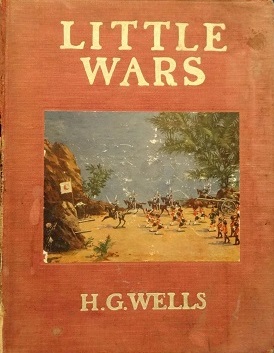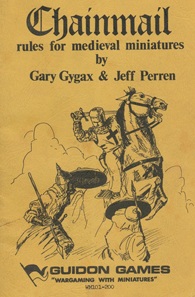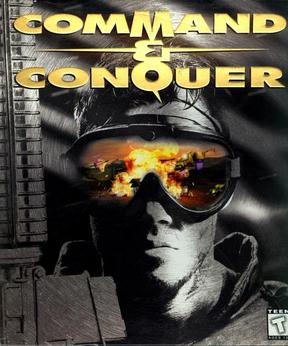After reading D&DPPF’s post about weather effects & conditions , I started to think about the various effects that you could inflict on the players. Role Master has a number random of weather charts, and I’ve seen a few systems for dealing with desert survival. However, I find it’s best to avoid making up additional rules unless necessary. Wikipedia provides a starting point with articles on the various forms of extreme weather and disasters.
Weather as background
This appears to be the default for most campaigns I’ve played in or GM’d. It is an easy option to add flavour without too much extra effort. A quick roll on a table and feed the result into the daily description of the characters adventures.
However, looking at it historically, human cultures are dependent on the environment for nearly everything, with the local weather being a critical part of that. If you look at the production of food, textiles, or building materials like wood, they are all created by the regular rhythms of the seasons. So as such weather should feature as a character in your stories.
Weather as a complication
While terrain provides a useful backdrop for the characters to work with, around and through. Weather builds on this transforming a simple situation in to a complex one. Making it interesting to play it out, because the weather can force the characters into action.
Rain can provide a little different to a sunny day, changing the atmosphere from light to foreboding or miserable, until you think about the effect the rain has on fragile items, like scrolls, or electronics. What about the priceless painting? Cloth can absorb a lot of water making wet clothing an extra weighty challenge, and it’s worth noting that wool clothing can be the worst.
Then there is the effect of all that water on the ground, creating wet, slippery and muddy conditions for walking, running and fighting in. The sound of rain can conceal many foes, or its falling will obliterate tracks. Something as simple as crossing the river will be complicated by flash flooding brought on by the weather or an evil cleric.
High Winds are another complication to a situation that can change the game. Dust gets blown about, along with tumble weeds, rubbish and small children, reducing visibility. Perception-wise sound tends to be distorted or lost in a powerful breeze. In combat, the wind makes archery difficult and more random. Climbing becomes treacherous. Rope bridges, roof tops and cliffs become launch pads.
Storms, Cyclones, Hurricanes and Typhoons. Depending on the location, the name for these extreme weather events changes. However, the intent is the same combining the above two in to a cacophony of terror from falling tree limbs, ruined building and the like. It’s a time where sensible folk are inside hiding from the raging.
Lightning Storm. Oh! come on, this is just too easy. It is the most obvious, clichéd and direct form of weather complication. The classic of a wizard on the mountainside throwing down lighting upon the small hamlet, or a ship at sea been thrown about by the raging sea. A storm of this scale should be a terrifying experience.
D&DPPF’s post about weather conditions, gives the great example of a character party seeking cover. After finding shelter they learn a lot about the local area from other travellers and later discover… Well you can read their post.
On the quieter side of things Fog, Mist, or low cloud has a multitude of effects beyond the obscuring of vision. A heavy fog slowly soaks into the skin and cloths, it can muffle all manner of sounds, and with bright-lights can blind. Anyone who’s driven at night through fog will warn you.
The cold in the form of Snow, Hail (Freezing rain) or Sleet/Ice can lead to musical outbursts (ie Frozen’s Let it go). The eyes can suffer Snow-blindness or Photokeratitis caused by too much UV. Hail can damage people and property. And all three of the above conditions will cause slippery terrain similar to rain above, but colder.
A Heatwave can be thought of as the reverse of rain, but there is more to it than that. A short heatwave of a few days can cause illness or death in the old and weak, wither plants, or dry out water sources. A long heatwave or drought is going to destroy crops, dry out vegetation and provide the conditions for dust storms and firestorms.
If you have suggestion for weather conditions I’ve missed or great stories about how they’ve been used in a game, then please comment below.


